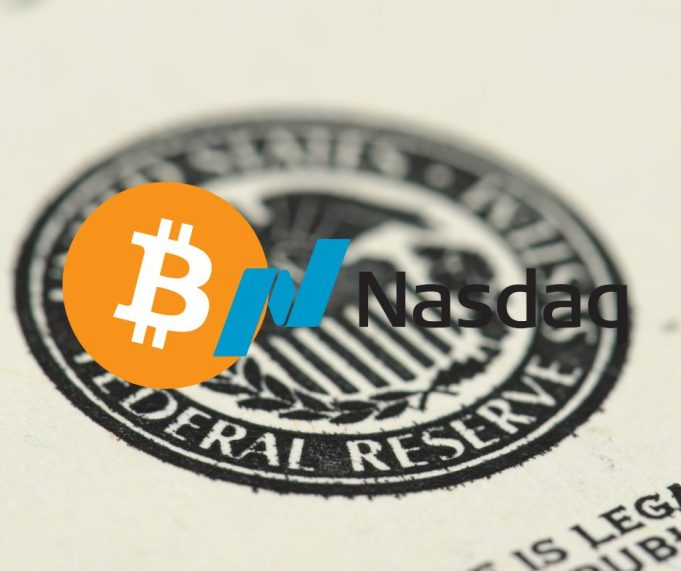Risky assets such as Bitcoin (BTC) and the tech-heavy Nasdaq index defied expectations on Tuesday, with Bitcoin adding nearly 2% to top $22,000 and the Nasdaq ending the day 0.7% higher, despite the U.S. consumer price index (CPI) data reviving hawkish Federal Reserve (Fed) concerns and sending Treasury yields higher. The 10-year U.S. Treasury yield jumped more than 12 basis points to the highest in over a month, yet investors still chose to invest in risky assets such as Bitcoin and the Nasdaq, indicating a strong appetite for risk in the markets.
U.S. Consumer Price Index (CPI) data for January showed a slight slowdown in inflation compared to the previous month. This moderation in the cooling trend has pushed the two-year yield to a two-month high of 4.64%. Traders are now expecting the Federal Reserve to raise interest rates by a quarter-point (25 basis points) in June, with similar moves in March and May. The Fed has already raised rates by 25 basis points last month, and four 75 basis points hikes earlier in the year. The rapid tightening cycle has had a negative impact on risk assets, including cryptocurrencies, in the past year.
Following the release of the Consumer Price Index (CPI) data, risk assets such as technology stocks and bitcoin have seen a surge in prices. This is due to the fact that the implied volatility in the options market dropped sharply to an annualized 40% from 50% following the CPI release. QCP Capital’s market insights team believes that as long as the Federal Reserve does not panic and revert to 50 basis points, the market is in for a slow ride which equities can stomach, especially if it is a period of strong growth with high prices which will still benefit equities through higher earnings.
Inflation remains high, but the US economy is still resilient, providing a reason for risk assets to rally. Goldman Sachs CEO David Solomon said the prospects of a soft landing for the US economy have improved. Bitcoin’s resilience may be short-lived, however, if the Federal Reserve raises its median dot plot at the March meeting. The median dot projected a year-end 2023 rate of 5.125%. In summary, the US economy is showing signs of resilience despite high inflation, and this could be beneficial for risk assets. Bitcoin’s resilience may be short-lived if the Fed raises its median dot plot.
Bitcoin’s resilience in the face of a volatile market is due to its liquidity. According to Noelle Acheson, author of the Crypto is Macro Now newsletter, crypto is the purest of the liquidity plays. Factors such as lower volatility, lower energy costs, and lower collateral requirements all contribute to the increased liquidity of bitcoin. Acheson believes that these factors are helping to make bitcoin more resilient in the face of a volatile market. With bitcoin’s liquidity increasing, investors can be confident that their investments are safe and secure.
Cryptocurrencies, unlike stocks, are not affected by earnings downgrades or bond issuance, making them a more stable investment. Market makers, individuals or entities with a contractual obligation to maintain liquidity on an exchange, have been credited with helping to lift Bitcoin prices after the release of CPI data. Market makers keep a delta-neutral book that requires active management, and their actions can have a positive effect on the cryptocurrency market.
Bitcoin prices surged to a new all-time high after the US Consumer Price Index (CPI) release, according to cryptocurrency analyst and trader Alex Ardern. Ardern believes that investors had bought Bitcoin put options, or bearish bets, in the lead-up to the CPI release, which caused market makers to sell Bitcoin in the spot/futures market to hedge against the risk of price slide. After prices began to rise post-CPI, market makers had to buy back the Bitcoin sold, driving prices even higher. At press time, Bitcoin was trading above $22,200, setting a new all-time high. This surge in Bitcoin prices is a testament to the growing popularity of the cryptocurrency and its potential as an investment asset.













